Coronavirus spikes are 'driven more by our behaviors,' doctor explains
Parts of the U.S. are experiencing spikes in coronavirus cases over the last several weeks, and experts fear it will only get worse as flu season begins.
“I’m reluctant to assign any of this to a change in the virus itself,” Dr. Seth Trueger, an emergency medicine physician based out of Chicago, said on Yahoo Finance’s The Ticker (video above). “It almost certainly is driven more by our behaviors and how we’re interacting with each other.”
The most prominent example of new transmission is President Trump, who tested positive for the virus and is now hospitalized as he recovers. The president, who has held public rallies and largely avoids wearing a mask, has been vocal about states reopening as soon as possible to help their struggling economies.
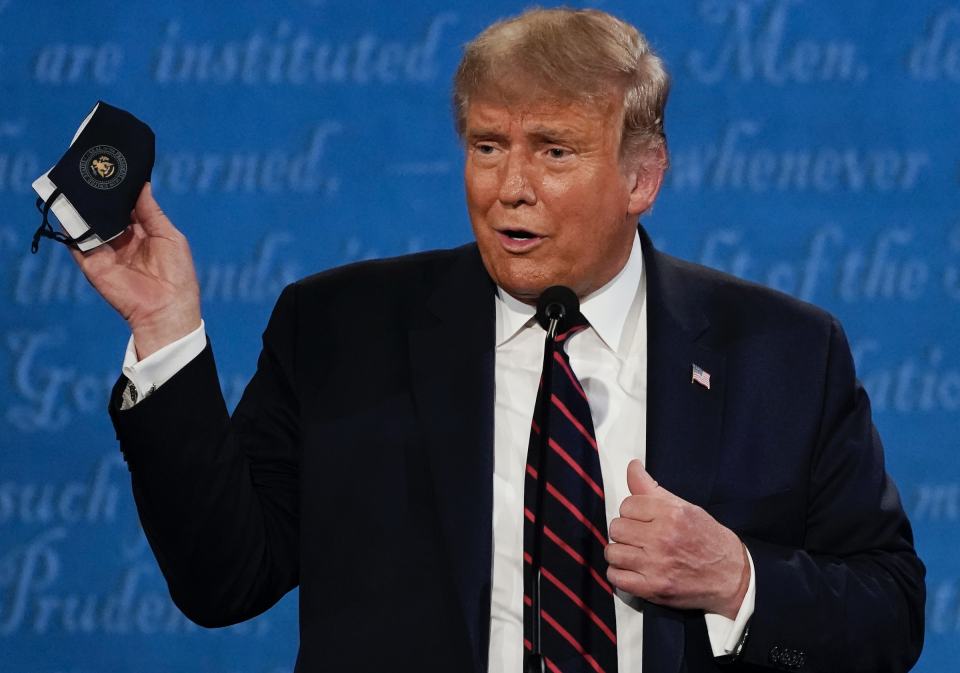
‘Really troubling’
Several states are seeing a new rise in the number of cases.
“This is really troubling,” Trueger said. “But unfortunately, it’s not really unexpected. What we’re seeing is a combination of a number of things. As weather gets colder, people are going to spend more time inside, and we know that indoors transmission is certainly higher than outdoors or in other places, especially as people spend more time with each other.”
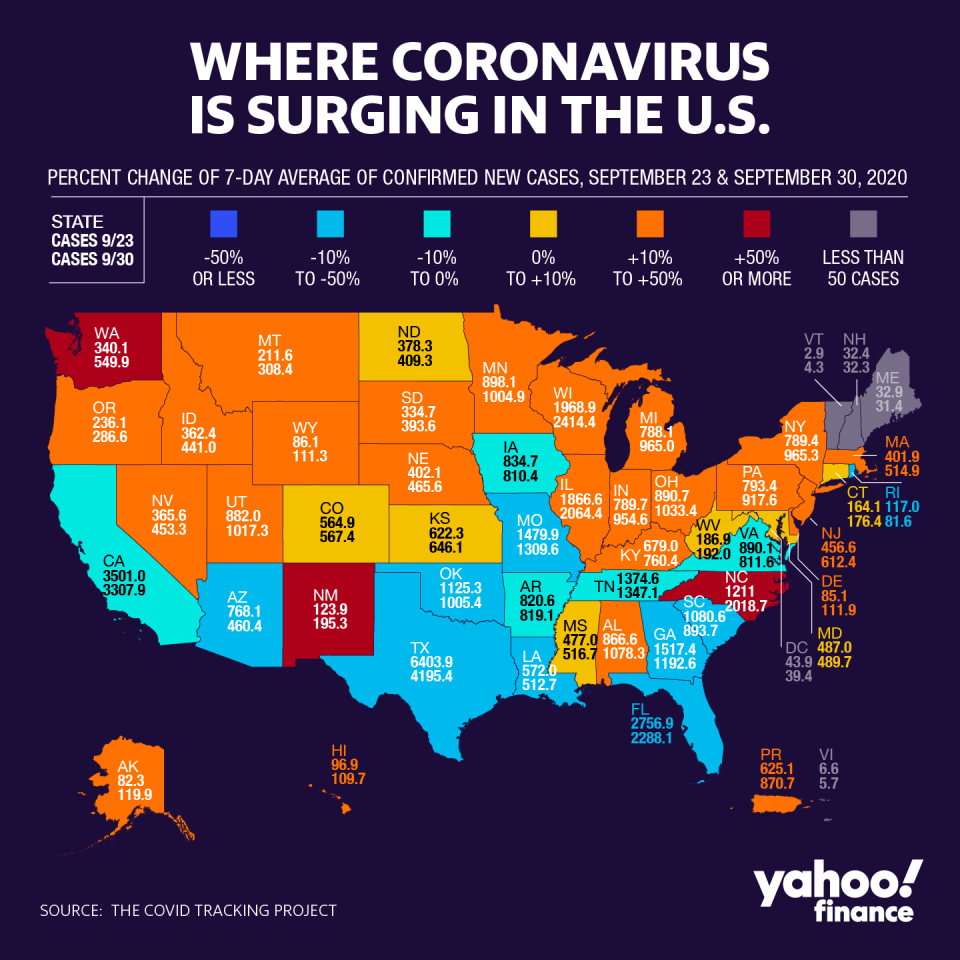
Indoor dining has resumed in nearly every state, including New Jersey and New York City, two areas that had the most number of cases early on in the pandemic. In several states, capacity is limited to 25% but even that can spell trouble if safety guidelines aren’t properly followed, including keeping tables six feet apart, mandating masks for all staff and customers not eating, and keeping bar areas shut down.
“This is hard for all of us,” Trueger added. “We’ve been doing this for months. And it’s really easy to let things slide. It’s really easy for that fatigue to set in, where: ‘Do I really need to wear my mask?’ We’ve been doing this for so long. ‘Is it time to have my kids do play dates? Is it time to go out to bars?’”
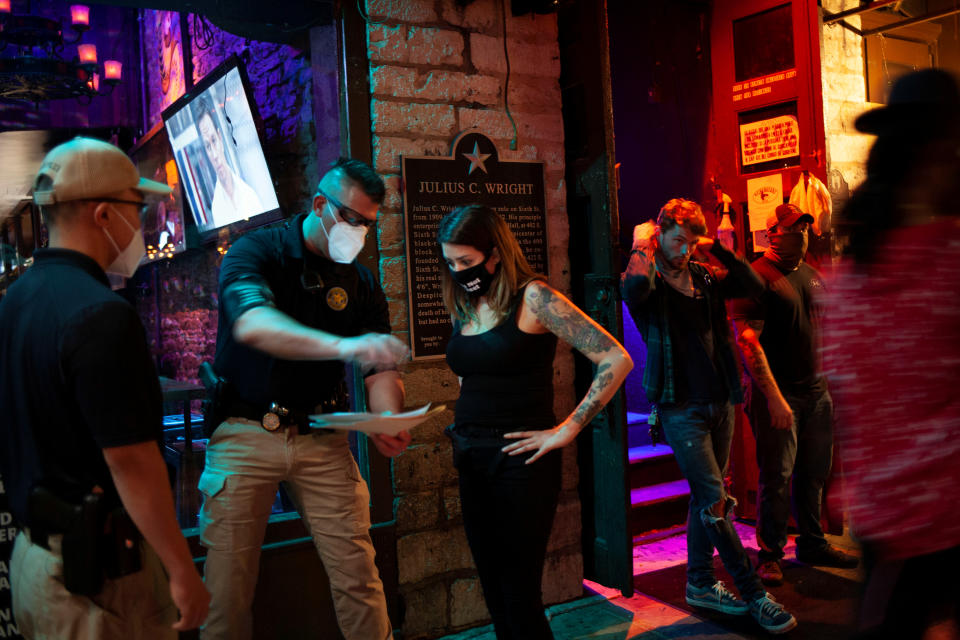
Some states that reopened too quickly had to revert back to their restrictions after seeing a surge in cases.
“Just because we’re all exhausted from it doesn’t mean that it’s safe to do it,” Trueger said. “A lot of states are starting to do things like barge ahead because they want the economy to rebound. They want people to be doing better. But unfortunately, until we get the virus under control, it’s not going to be safe to open things up.”
Bars, movie theaters, and gyms in Arizona were shut down during the summer after the state saw a significant rise in cases and only just reopened under strict guidelines. Other states like California, Illinois, Texas, Michigan, Colorado, and Iowa also had to revert some of their reopenings.
“It’s really tough,” Trueger added. “The bottom line is there’s political reasons and economic reasons why people want to open. But this is very different from normal economic circumstances, where there’s something like a housing bubble, economic problems, or an economic bubble that’s driving an economic downturn. ... There’s still 800 Americans dying every single day. That is unacceptable. And it’s just certainly not safe right now for all of us.”
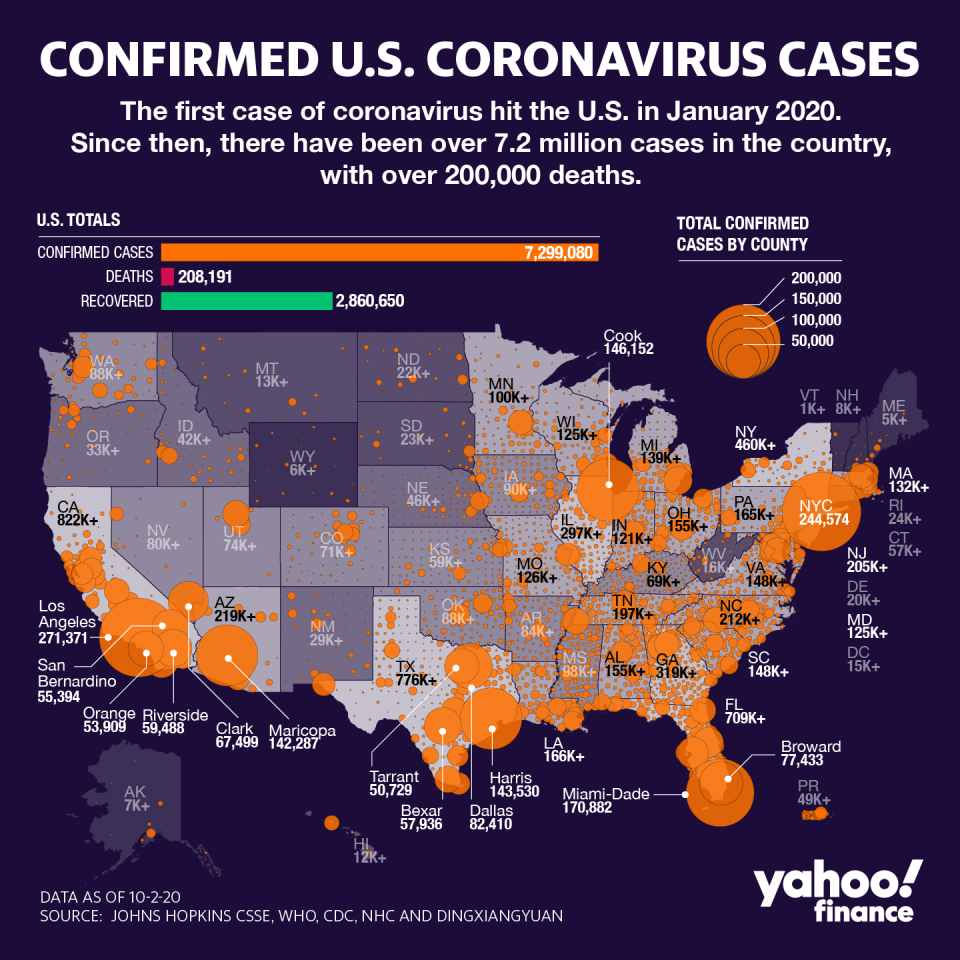
COVID fatigue
On top of governors lifting restrictions, school is back in session and many are doing in-person learning.
“There’s the fatigue, there’s people spending more time inside because of the weather,” Trueger said. “There’s also a lot of things where schools are opening up. Remember that basically for the first six months of the virus, everything we knew about transmission was based on schools being closed and kids being at home. It’s a very different time right now.”
Many schools have had to shift to online-only learning after experiencing outbreaks among teachers and students. That comes with its own challengers, however, as some students struggle obtaining reliable internet access.
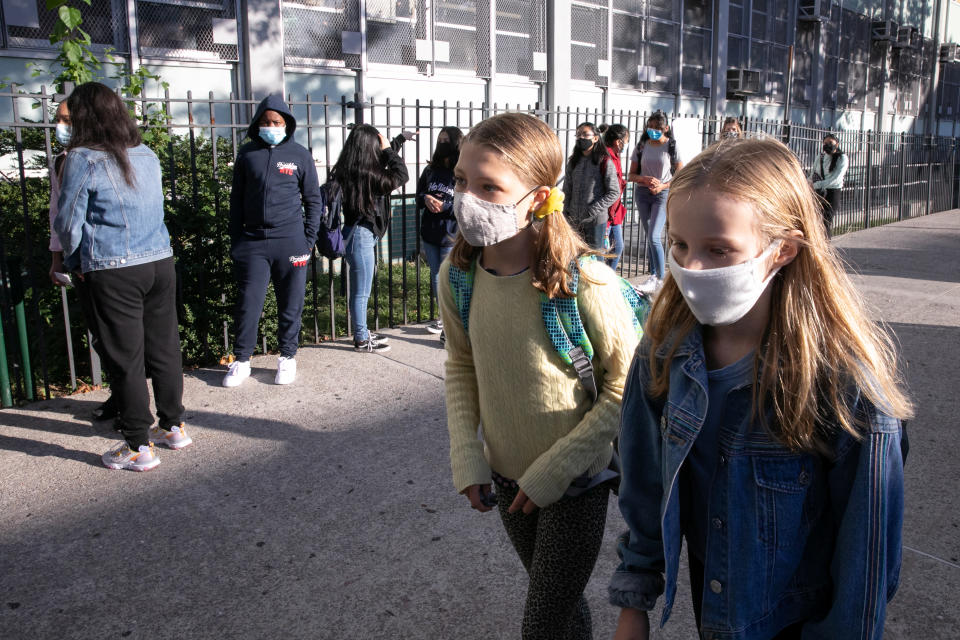
For schools doing in-person learning, safety guidelines call for everyone wearing masks, proper sanitization and ventilation, and not overcrowding classrooms.
“I’m hoping that schools that are opening are doing it safely,” Trueger said. “We really don’t know what’s going to happen because we haven’t had this pandemic with schools open for a while yet.”
Abiding by these guidelines, however, doesn’t guarantee that it’s safe and still poses a risk, he said.
“Everyone wants to reopen,” Trueger said. “Everyone wants to go back to normal. Everyone wants to have people employed and go into work and have kids in school and doing well. But it really doesn’t look like that’s going to be safe. And we’re going to pay the price for this down the road.”
Adriana Belmonte is a reporter and editor covering politics and health care policy for Yahoo Finance. You can follow her on Twitter @adrianambells.
READ MORE:
Coronavirus vaccine doesn't depend on President Trump's rhetoric, doctor explains
Read the latest financial and business news from Yahoo Finance
Follow Yahoo Finance on Twitter, Facebook, Instagram, Flipboard, LinkedIn, YouTube, and reddit.

